|
Thursday, November 16th was Climate Justice Day at COP23. I had the privilege to attend multiple events that focused on the effects of climate change on the vulnerable countries of the developing world, particularly the island states. With Fiji being the first small island developing state to hold the presidency of a COP, the issue of environmental justice has become even more prominent throughout this conference. Fiji’s leadership has brought attention to the small island developing states whose voices usually go unheard due to lack of representation. These nations contribute the least to climate change yet are most vulnerable to its effects, as they have less resources for adaptation.
Climate Justice Day also focused on the social and cultural dimensions of climate change and the human rights issue connected to it. Hearing from people from developing countries provided me with a different perspective on climate change. These people directly depend on the earth’s natural resources for survival in a way that is now distant to developed nations, giving them a greater appreciation for the environment. The current effects of climate change are already forcing them to confront the risks posed against their security and survival. I was also able to attend a high level presidency event regarding the integration of human rights in climate action which sought to offer a people centered approach to climate change. This talk concluded solutions to climate change that were focused on improving the resilience of the most vulnerable countries and providing them with the resources necessary to adapt to its effects.
4 Comments
It is my last day at the UNFCCC 23rd Conference of Parties (COP23), and I was able to speak with a representative for the Food and Agriculture Organization of the United Nations (FAO). A noticeable trend at this COP is the importance of protecting food resources and agricultural sustainability, especially for Small Island Developing States (SIDS). The FAO has done a tremendous amount of research on food security and this cannot be discussed without addressing how climate change has impacted this issue. Climate and Food Security The extreme weather patterns cause land degradation, which is a major food security issue. Africa and Southeast Asia have been hit the worst, and reported by the United Nations Commissioner for Refugees, “climate disaster displaces one person per second”. Now more than ever, action needs to be taken to preserve food and agricultural sustainability. In just one year, from 2015 to 2016, the amount of unnourished people rose by 38 million. The FAO reported that 26% of the damage and loss due to extreme weather from 2005 to 2015 was agriculture. Among the millions of people affected in these small island nations, farmers and livestock keepers are most vulnerable. The extreme weather patterns in recent years, has caused drought and heat waves, which affects both the feed and forage. As climate change causes more catastrophic damages, action must be taken now. Take Action The FAO has taken swift action to combat climate change and ensure agricultural sustainability. Throughout the past few years they have begun helping nations set up “climate-resilient” systems and restore degraded land. While the FAO has stepped up to combat these issues, the rest of the world should as well. Hunger is only one of the many issues facing this world and with the growing catastrophic events due to climate change, it is important now more than ever to make a conscious effort to assist these small island nations. Blog Source: "FAO's Work on Climate Change - United Nations Climate Change Conference 2017" For more information on this issue visit http://www.fao.org/home/en/ Thousands of people visited Bonn for the 23rd Conference of Parties UN Climate Change Convention. With so many people in one place attending an event on climate change, it is obvious that the conference itself should be sustainable. But what is sustainability and how can such a large conference achieve the status of being a sustainable conference? Sustainability involves exercising practices that ensure we are not using more resources than we can generate for the next generation. To highlight how COP23 is working towards improved sustainability, walking tours have been offered, illustrating the many sustainability initiatives. A Climate Neutral Conference Prior to attending the COP, every individual involved was given the option of paying to compensate their travel, making their trip to the COP carbon neutral. This was offered as a complimentary action to one already being taken. The Ministry of the Environment is working to compensate all emissions associated with the conference. To do so, after the end of the conference, the state will be collaborating with scientists to estimate total emissions. The ministry will then be compensating the travel of all participants (even those who chose to compensate for their travel independently) as well as all other sources of carbo0n emissions associated with the conference. The funds to offset the emissions will have a priority of being designated to the protection of small island developing states (SIDs). Feeding Sustainability With people from all over the world, it was important to be inclusive in food and drink offerings while still being mindful of ensuring food was sourced as sustainably as possible. This is done through which foods are sourced and where they come from. A breakdown of food at the COP includes food that is:
Waste Management and Minimization For those from places that do not separate their waste, a color coding system that included labels was used in order to separate the waste into what could be recycled or repurposed, what could compost, and what could not be salvaged. Additionally, there were many efforts made through catering to cut down on waste as much as possible. Food leftover from our plates went to be converted to biofuel. Food that went unserved was repurposed the next day. This included using fruits and vegetables at the smoothie bar the next day and turning extra white rice into fried rice. Additionally, unused food at the end of the conference was donated to area food charities. Furthermore, coffee grounds and tea bags went to organic waste. A final detail in waste management is that the waste bags used can be reused and recycled. Tapping Into Sustainable Solutions Each participant of COP23 was given their own reusable water bottle. There were stations throughout both zones allowing many opportunities to refill each day. Last year, the average participant used about 4 disposable cups a day for water. By using the refillable and reusable water bottles, it is estimated that over 300,000 disposable cups were saved. Eco Travel The ministry and organizers of the conference have provided all attendees with many options for eco-friendly travel. First and foremost, anybody with credentials allowing them into the conference zones also gets a sticker for their badge allowing them to have free local and regional public transportation, making getting to the conference itself much easier and cleaner than using taxis or personal vehicles. Once at the conference, there are many options available to get between zones. There is a fleet of 45 e-vehicles, comprised of cars and shuttle buses powered by electricity and hydrogen. There is also a solar powered bus. Furthermore, there are 650 bikes available for use moving between zones, and a lovely walking trail through the park leading from Bula Zone to Bonn Zone. Temporary Spaces Bula Zones 2 and 3 as well as the Bonn Zone were made from temporary tent-like structures. These structures were built above the land (using a stilt-like system) in order to minimize damage to biomass. This results in much less of the land temporarily built on being damaged. Furthermore, all of the furniture and even the plants were rented, allowing them to be reused at future conferences and events. In the hallways of the temporary zones, carpet tiles were used. This allowed only the small sections of the flooring that were truly damaged to be disposed of, while preserving the good carpet for future use. Minimizing Paper UNFCCC events aimed to have a significant cut in paper use. Schedules were not distributed, but were displayed on CCTVs throughout the venues and on the UNFCCC Negotiator app. Additionally, there were 9000 Poken devices available to attendees. You are able to tap your Poken device against another person's Poken in order to digitally transfer documents. You are then able to use the USB on the device to load the PDFs onto your computer. Furthermore, many pavilions utilized QR codes to share information. Finally, all paper provided by the Secretariat is Blue Angel certified, meaning that it has been certified as an environmentally friendly paper option. Certifiably Sustainable - A Job Well Done The many efforts taken by the hosts and organizers of COP23 were in an attempt to leave a legacy with this COP, aiming to become the first certifiably sustainable COP. On Friday 17 November, it was announced that COP23 successfully met this goal. EMAS certified the conference, the first COP to have this honor. COP23 has set the precedent and left its legacy in Bonn, Germany and hopefully this will continue at COP24 in Katowice, Poland. Room to Improve Although there were many measures taken to make COP23 sustainable and the actions of the organizers were recognized and rewarded with the certification by EMAS, there is still room for improvement at future COPs. First and foremost, while there are many actions being taken to reduce paper, there still need to be more. Pavilions were advised to avoid bringing much paper, but there were still many that had enormous quantities of paper and that even brought mini books to give out. While I understand the desire not to become "police" of the paper, I believe that it is important to instill the desire to preserve paper at the pavilions, especially seeing as the pavilions are where you find many of the more outspoken advocates for the climate. Additionally, seeing the great success that came with implementing re-usable water bottles, it may be beneficial to expand the program in future years to add reusable hot beverage travel cups to further decrease waste. It may also be wise to cease the sale of disposable water bottles seeing as everybody has initial access to the reusable option. Finally, measures need to be taken to improve sustainability participation in delegate zones. It was noted that the Bula Zone (the zone where negotiations were held) had poorer performance on using reusable drinking vessels and properly separating waste. With many of those in the Bula (delegate) Zone being the ones who are arguing and negotiating these incredibly important climate-related matters, it is crucial to get them involved in these simple, every day measures to be more sustainable.
Thursday, November 16, 2017 is Education Day at COP23. Education is a powerful tool to combat climate change. The more educated individuals, the stronger the fight against climate change. Recycle & ReuseThe atmosphere and culture of COP23 is a prime example. Each participant is provided a reusable water bottle that can be refilled at various water fountains. The slogan “Healthy People Tap Water” can be found on many of these bottles. By providing reusable water bottles over “570,000 disposable cups are saved”. There are many coffee bars spread throughout the conference. There is silverware that is compostable and the to-go coffee cups are recyclable. Reusable coffee mugs are available as well. A simple solution to the high consumption of coffee and silverware. Sustain & ReduceThe food options highlight sustainability and agricultural mindfulness. All of the cafeteria meals provide options that are 60% vegetarian food, 100% certified meat and fish, 50% organic or 20% regional. Again, highlighting eating habitats that benefit the environment and the human body. As for transportation, public transit and bicycles are available. All of the “shuttles are electric and there are over 600 bikes free of charge”. Information provided by COP23 signs in Bula Zone 1-3 and the Bonn Zone Each day of COP23, the state of North Rhine-Westphalia is hosting excursions for participants, delegates, observers, and the press, highlighting the actions of the state to promote renewable and sustainable technology. I took part in an excursion focused on hydropower in the southern region of North Rhine-Westphalia (the Sauerland). This trip included a tour of the pumped storage hydropower plant Finnentrop as well as a walk on the Bigge Skywalk, overlooking the Bigge Resevoir. Finnentrop Made up of two artificial lakes at different heights, the Finnentrop power plant, part of Mark-E Energie, is responsible for meeting the energy supply demands of 400,000 people in the Sauerland. The plant is able to assist in managing the fluctuating power demands that occur each day. With an elevation difference of about 280 meters, it takes 300 bars to push the water from the lower reservoir to the upper reservoir. It takes just 70 seconds for the turbines to come to full power, pushing the water up the pipeline. In addition to meeting fluctuating demands for energy that occur in a 24 hour period, the hydroplant is also able to balance out energy fluctuations that occur when other sources, such as wind, are less prevalent. Biggesee Biggesee is an area of recreation that also serves in the provision of energy and water to the region. Although planning for the reservoir reaches back until 1938, it wasn't until 1956 that the government decided to construct the damn, which took 9 years to build. Entire villages had to be moved in order to accommodate the reservoir and citizens of those villages were expected to pay for the supplies with a tax known as the "Bigge Penny", which was one penny for every cubic meter of water they used. In drier times, you can see the tops of the churches and houses from the villages that once stood where the reservoir now is. Today, the lake has many purposes. It provides water for up to 40% of the reservoirs in the river system and produces up to 24 million kWh of electricity a year. Water recreation is very popular, and there is a skywalk that overlooks the reservoir. Images copyright EnergyAgency.NRW Jessica was partially supported by NSF Award Number 1259896
Having spent the last three days attending the 23rd conference of parties in Bonn, Germany, hosted by Fiji, the message is clear. Our world is in dire need of climate action but what people don’t know is the world already has technology that can be implemented in order to make a difference and cut down on green house gas emission. The future is now! On Monday November 13th, 2017, I had the privilege to attend the “High-Level Opening of Global Climate Action”, featuring the governor of California Jerry Brown, as well as the co-founder of the Solar Impulse Foundation Bertrand Piccard. This foundation was the first to fly around the world for 40’000 km using a solar powered plane. Meaning, for the first time in history, a flight was made without the use of fossil fuels. One of Piccards main philosophies is that our world has the technology available to act on climate change today, there is no need to wait for “innovation”. We are “wasting energy with devices that cause climate change” as Piccard explained and there is enough innovation to cut CO2 emission in half, with the technology provided TODAY.
Don’t wait for 2050! Throughout this talk it became clear, we should not be waiting for 2050. With the technology provided today, the necessary changes can be made to begin cutting down on green house gas emission. This world has waited long enough for us to fix the damage we have done. As shown in the historic flight by Solar Impulse, the technology is available to act now on climate change. Will you choose to stay in the past, or believe that the future is now? For more information, visit Solar Impulse. Tuesday, November 14, 2017 was Gender Day at COP23. As a woman, I felt a strong urge to attend at least one discussion focusing on women. I attended the “Behind Goal 13-Women Leading the Climate Agenda”. As the title ensues, goal 13 of the Paris Agreement is about taking action to fight climate change and the impacts associated. Therefore, this discussion involved women and their leadership role in fighting climate change. The crowd was predominately full of all different ages, races, background and nationality. The event took place as a panel discussion with several leadership-driven women from all different societies and background. The one speaker who caught my immediate attention was Monica Araya. She is the founder of Nivela and Costa Rica Limpia. The main focus of this panel was her job and the advertisement of electric cars. How are you perceived when you speak about the importance of electric cars?Dr. Araya explained that the audience she is speaking with is usually men. They understand the concept, reasoning and benefits of the electric car. But they never believe. They don’t believe the product, because the individual explaining the product is a woman. Therefore, there is a lack of trust since woman would have less knowledge in male dominant field. How do you break through the stereotype that cars are the domain of men? “Humor, data, and homework” she replied with a smile. I was impressed by the level of confidence she held while discussing how the workplace is not gender balanced. My jaw dropped when she stated a common piece of feedback is “wow Monica you really know your stuff, but try to just stick to the product because you sound feminist”. As for climate change directly, she explained how “we are in a transition to a world that won’t have fossil fuels…but at some point, it gets nasty”. These moments of transitions allow for difficulties to arise. Obstacles where women must take charge and lead the people. Leadership is often described as “bossy, unbearable…it’s a subtle dismissal and it’s not seen as leadership but rather bossy”. In fact, “a woman with strong views, who did her homework and knows the information… is seen as bossy and unknowledgeable”. Every girl or woman has been called one of these terms. However, it doesn’t have to be a bad thing. In fact, we should view it as a compliment. We don’t need to be empowered because WE ARE POWERFUL. Our whiny, grumpy and bossy titles should be worn with pride. For if you did the research, are knowledgeable and skillful you can lead in the fight against climate change and educate others. Any male or female reading this, just remember…
|
Categories
All
Archives
March 2024
|
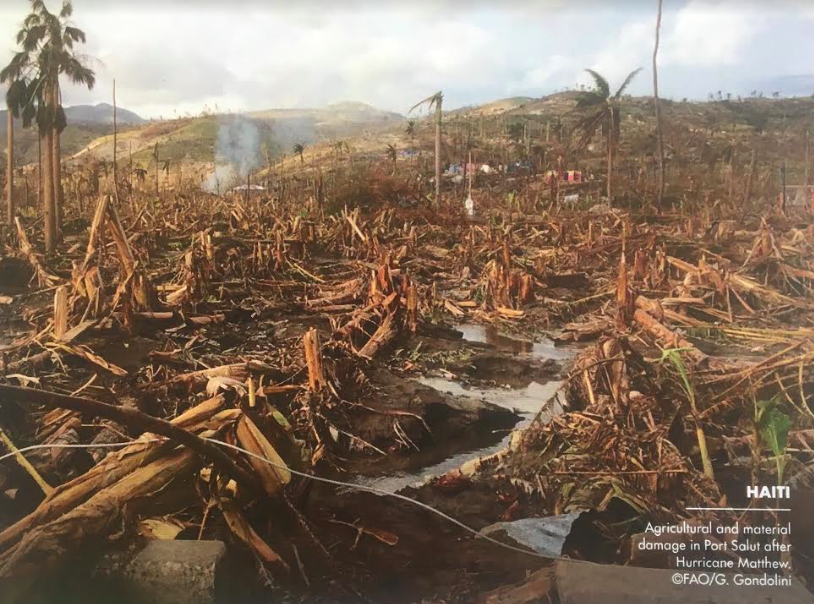
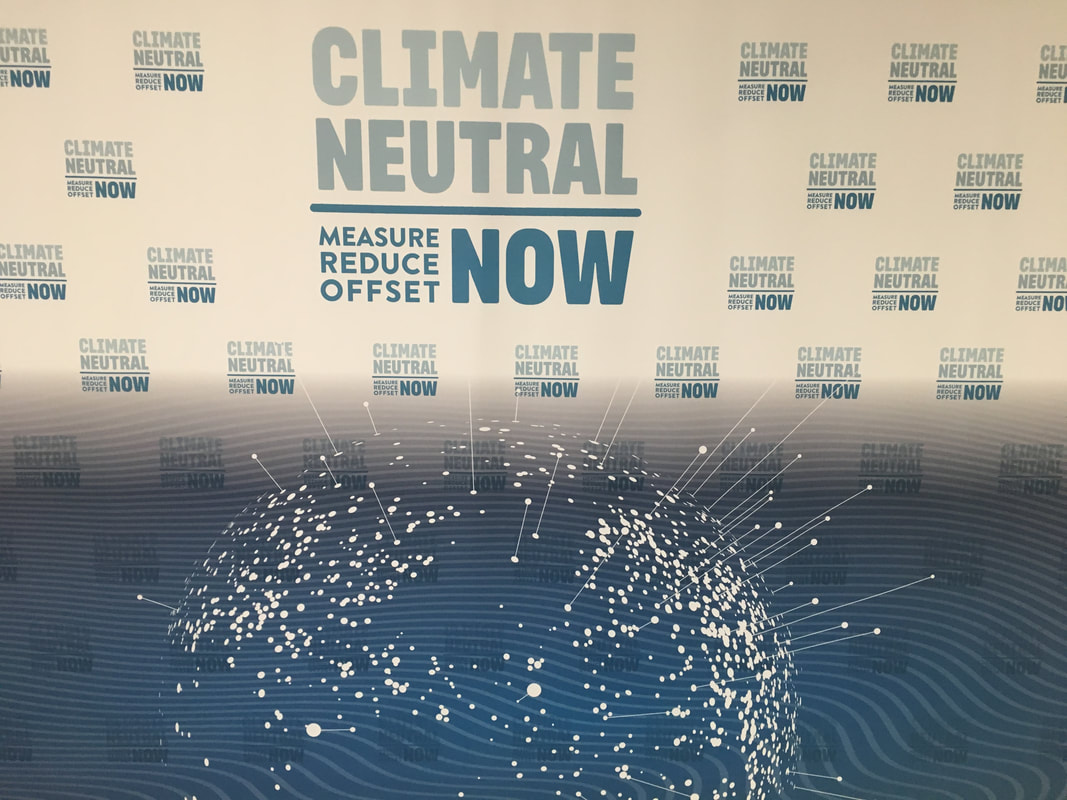
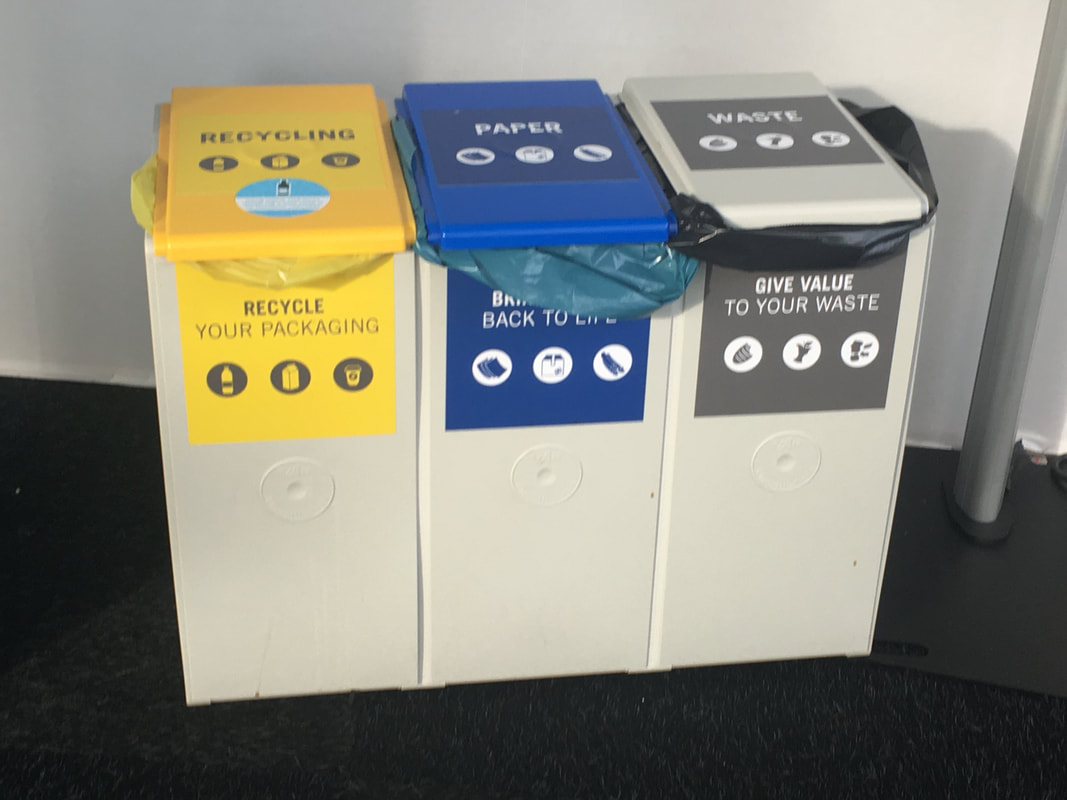
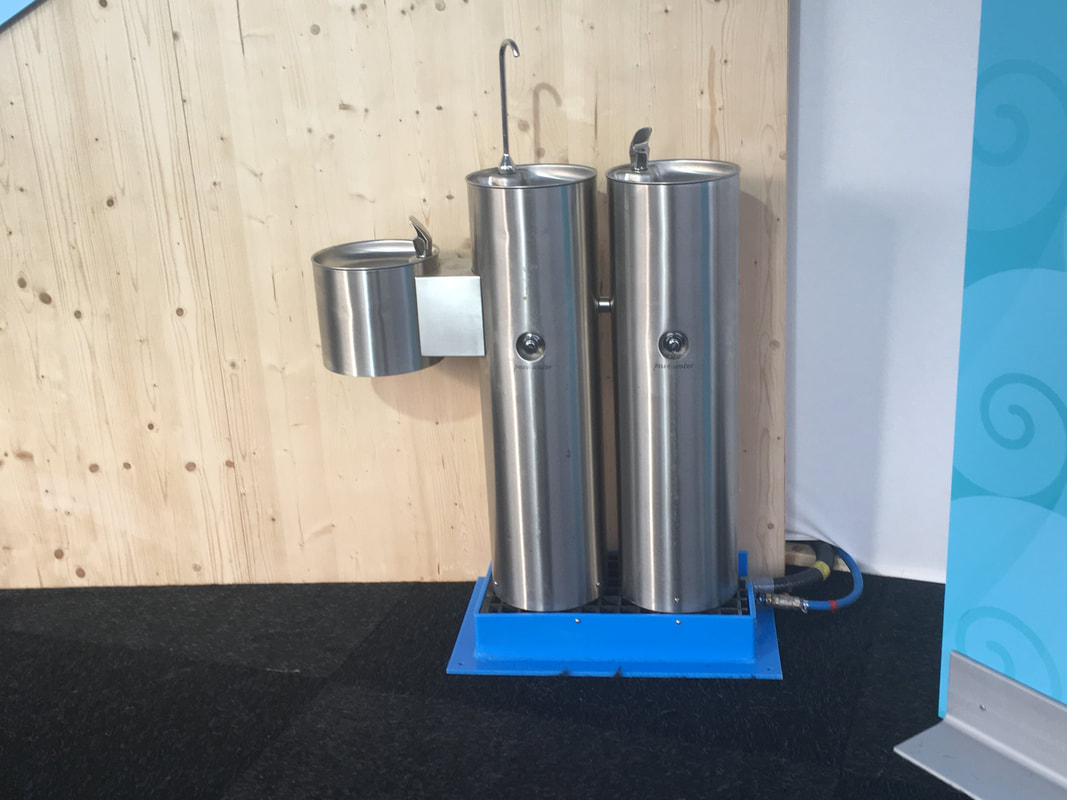

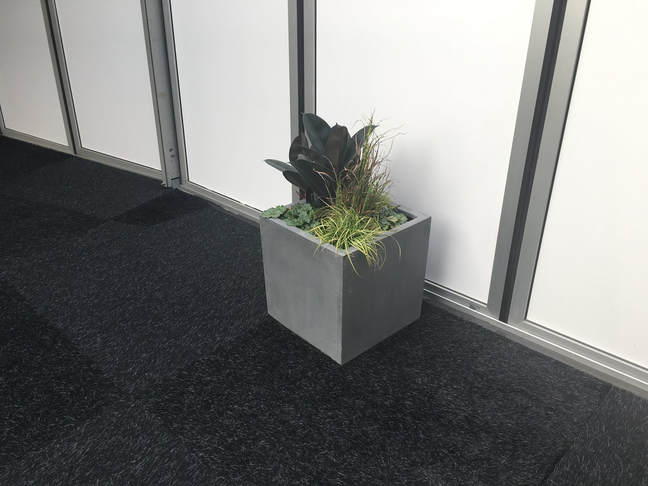

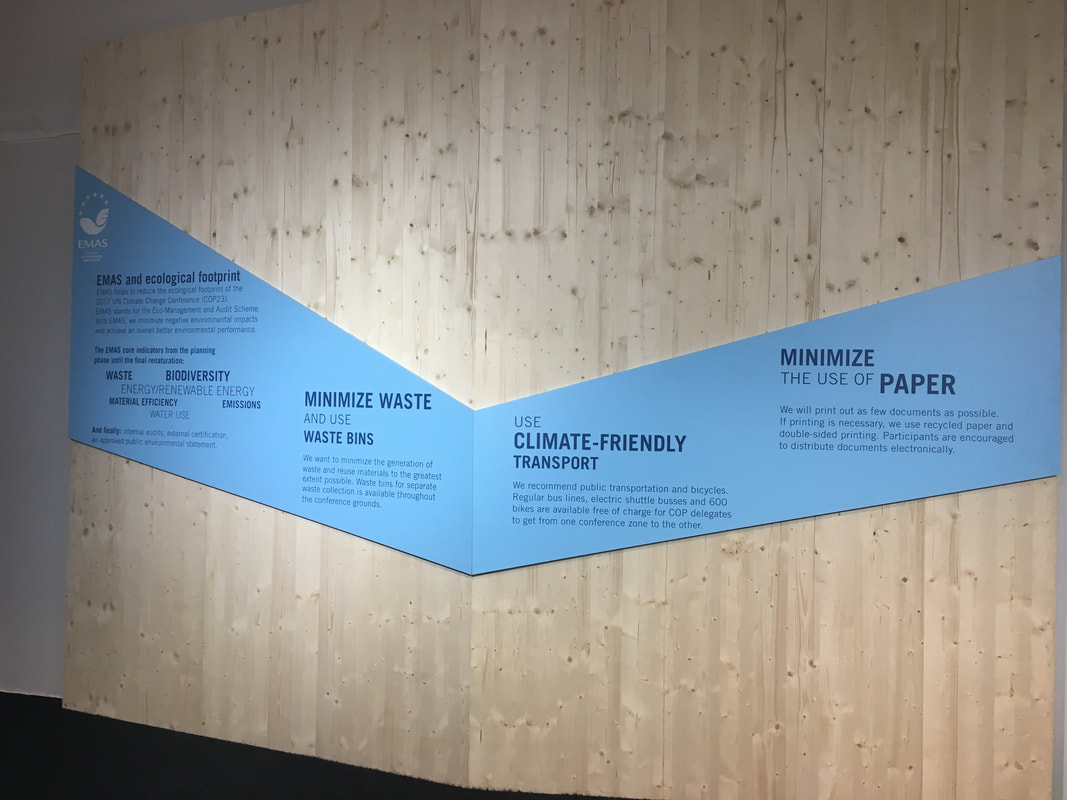
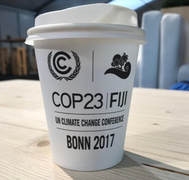


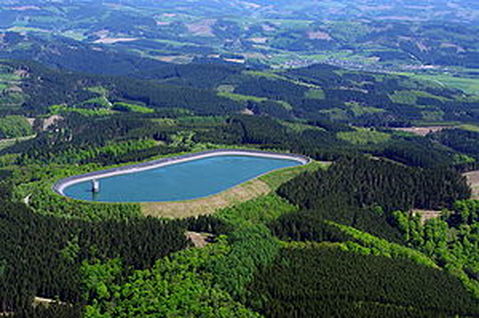
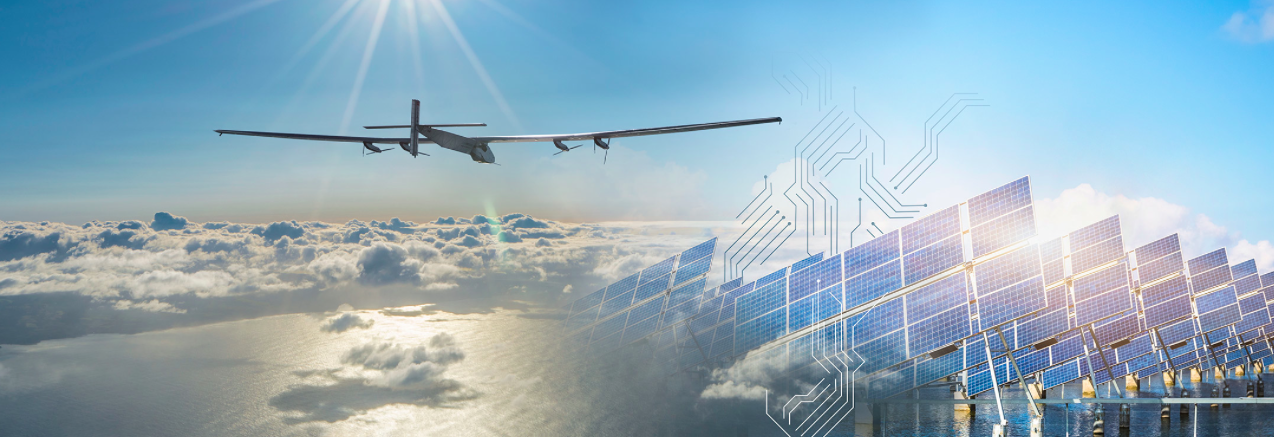
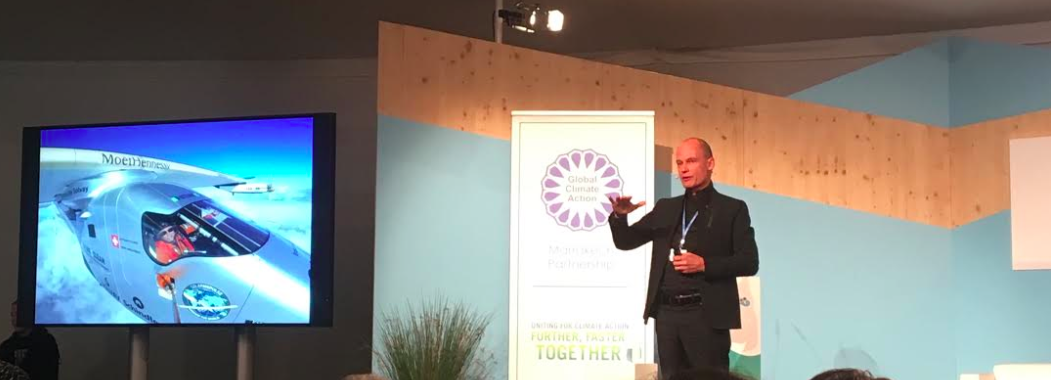
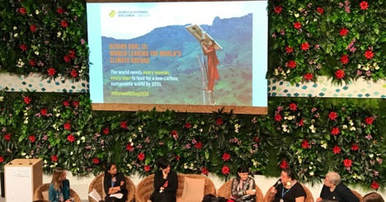
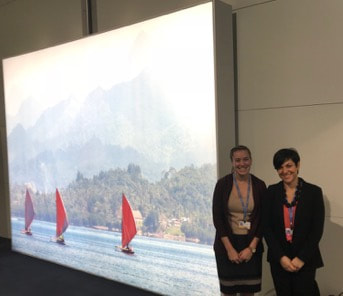
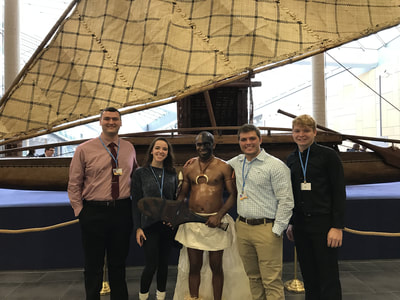

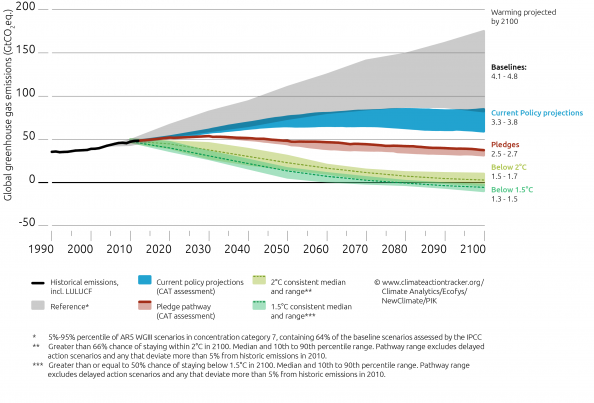
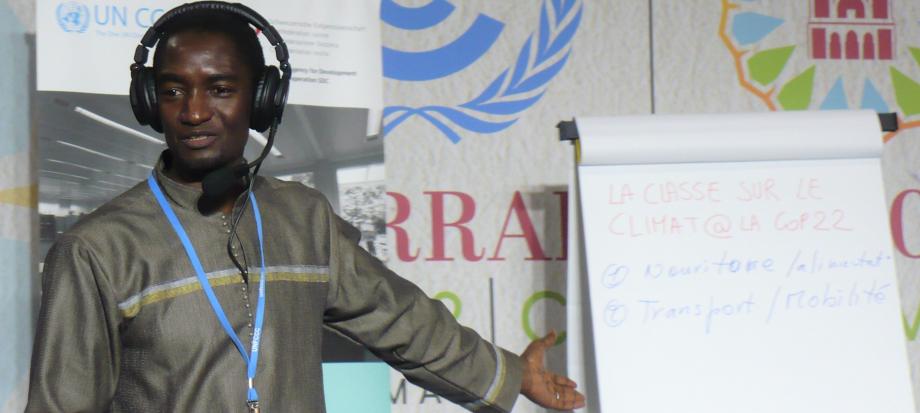
 RSS Feed
RSS Feed
